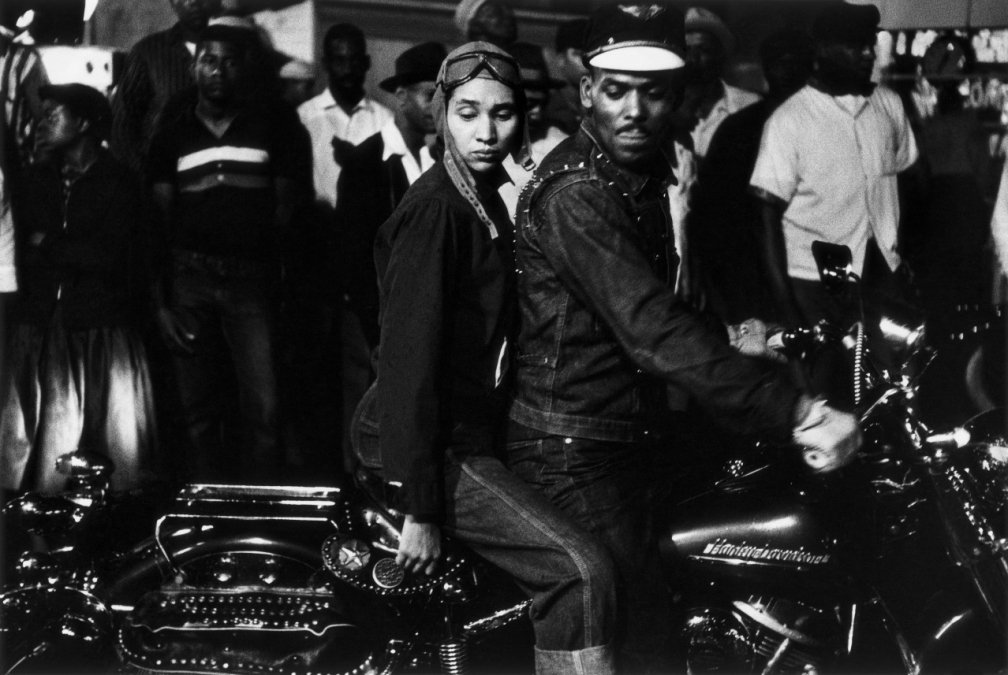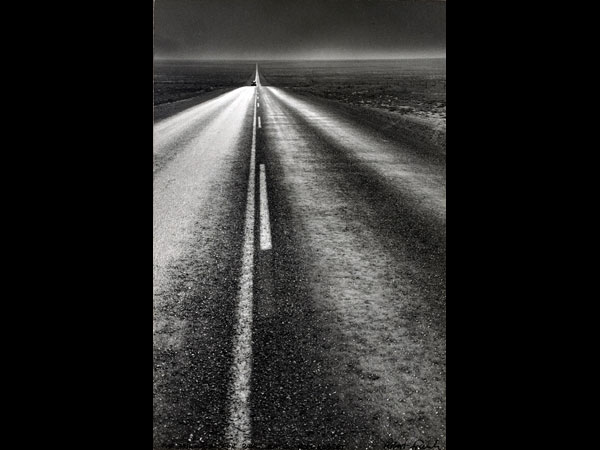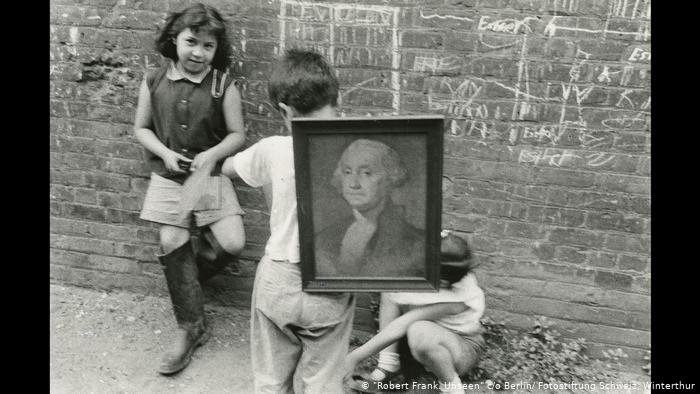Photo of Robert Frank
Last week Robert Frank, one of the most important photographers ever, passed away. He lived until 94, which is a fair inning by anyone’s standards.
Robert was born in Zurich, Switzerland and started training to be a photographer in the 1940s, learning his trade from various photographers and graphic designers.
In 1946 Robert released his first collection but it wasn’t until he moved to New York in 1947, to work for Harpers Bazaar, that his career really started to find a successful footing.
During the next 10 years, Robert would work for influential publications like LIFE and Vogue, among others. It was during this period Robert would master his craft.
In 1955, with financial backing from the Guggenheim Fellowship, he went on a road trip, around America, and took, around, 27,000, pictures. 83 of these pictures were used to form his iconic collection.
This collection was first published in France, in 1958 as “Le Americans”, alongside various essays of the time.
Finally, in 1959 the book was released in America, this time it was a pure photo book, although, it did have an introduction from Jack Kerouac. Was Jacks book On The Road an inspiration? Maybe. Was Jack a kindred spirit? Certainly.
It’s the American version, simply called. “The Americans” that is still reprinted and considered a beloved “classic of its genre” to this day. It’s this collection that gave documentary photography a new way. His style also went on to influence advertising, fashion photography and film.
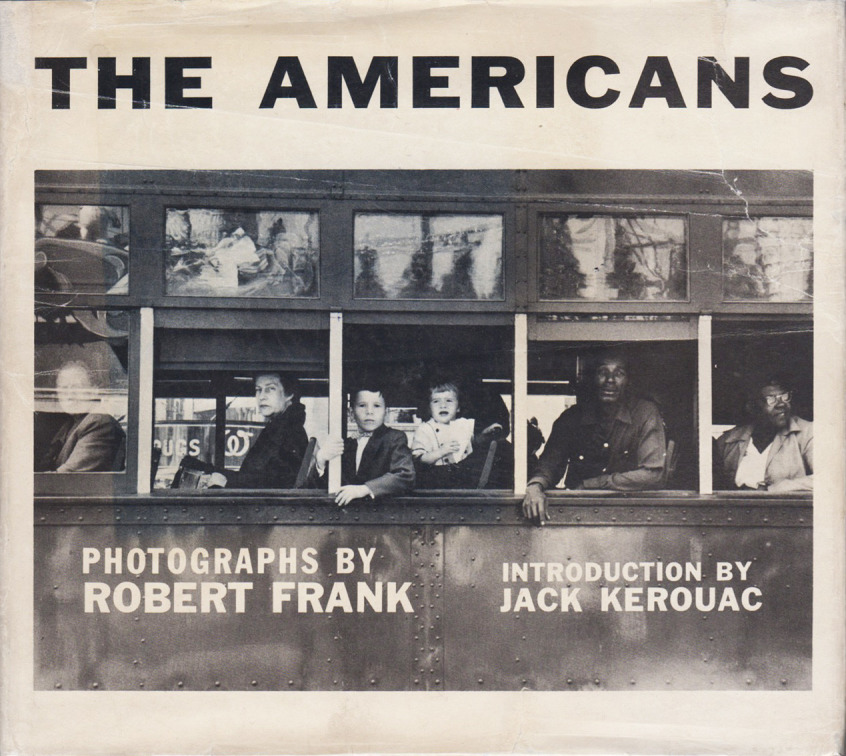
Of course. whenever anyone changes an art form they must suffer attacks from critics who just don’t understand.
Photographer and critic Minor White. declared the book “A sad poem by a very sick person”. I think Minor White got confused it wasn’t Robert Frank that was “sick” it was his subject matter, America. There is a sadness to the collection but that’s the point, it’s the sadness of a promise never quite fulfilled.
As ’Hagan wrote for The Guardian on the eve of Frank’s 90th birthday, “[Frank]caught what Diane Arbus called the ‘hollowness’ at the heart of many American lives, the chasm between the American dream and the everyday reality”.
In this regard, Robert Frank did, with photography, that which Beat writers would do with literature and Bob Dylan, Patti Smith, and the like, would do with music.
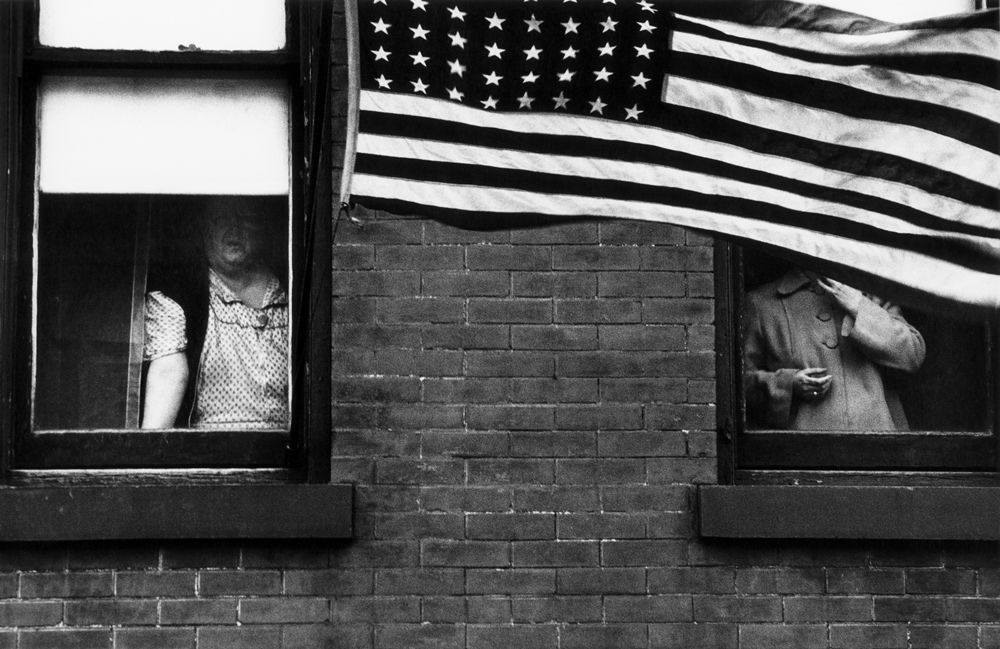
![]()
